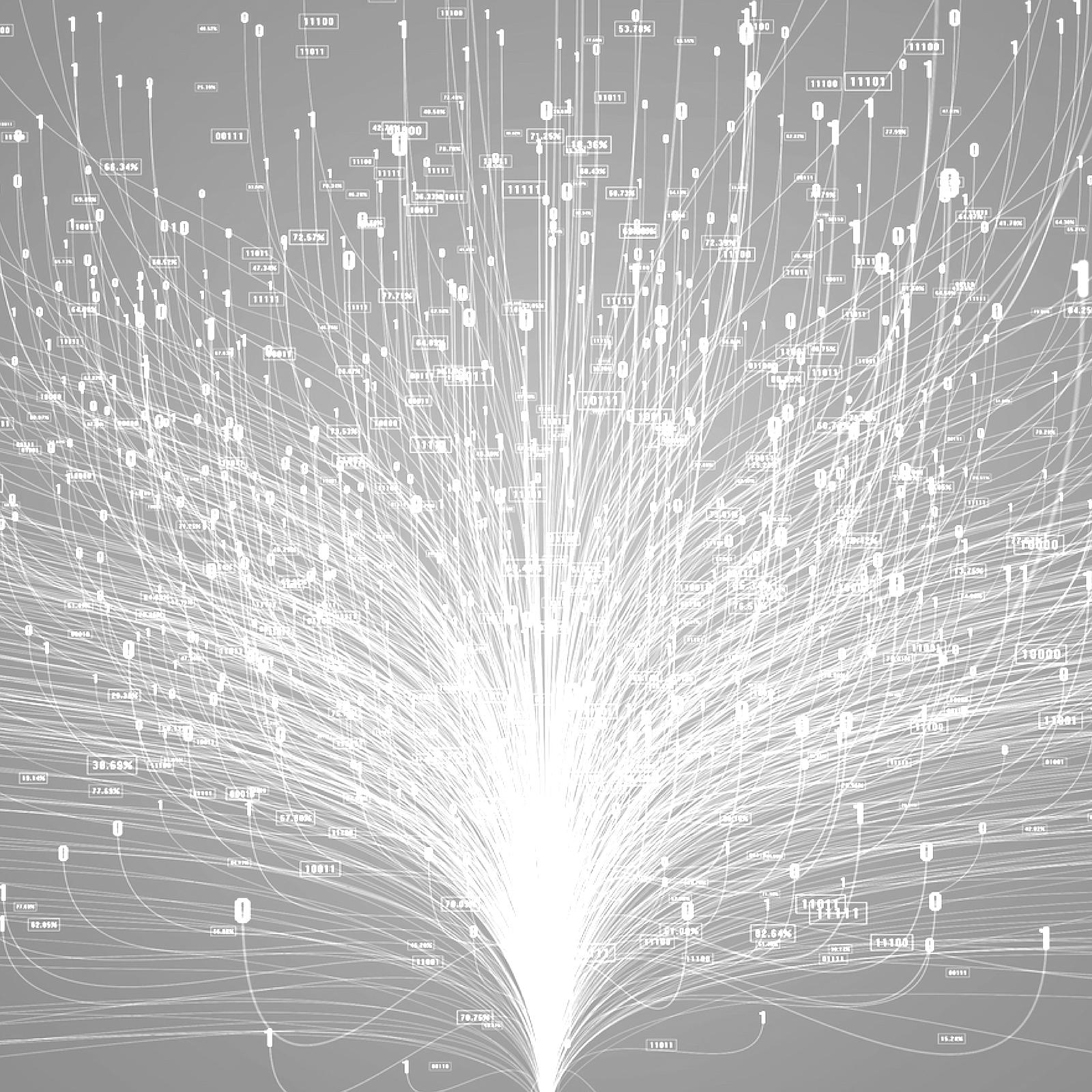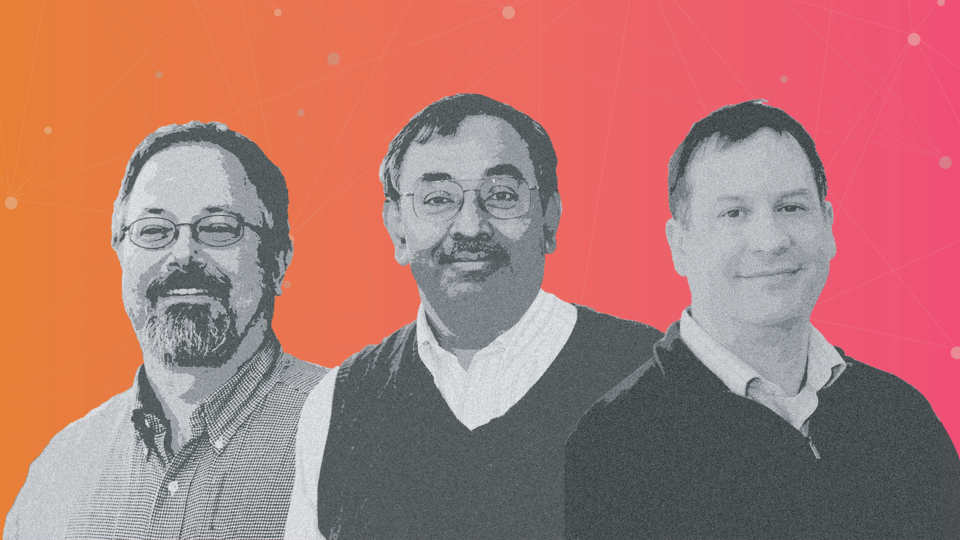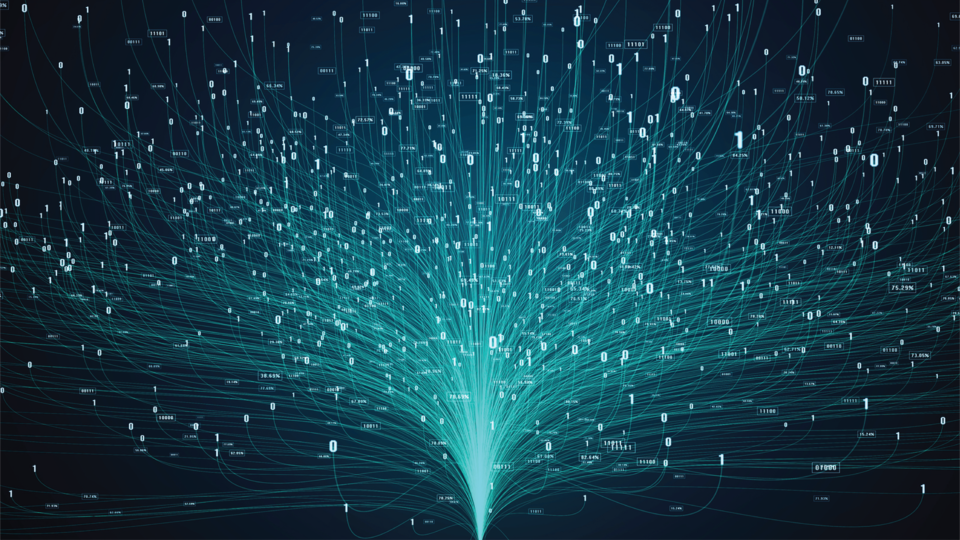The major goal of this project is to design, build, verify, and deploy an open-access general-purpose CI for network science, which we call net.science. The CI consists of four broad elements:
- web application for user interaction with the system through her web browser;
- computational codes that perform operations on graphs such as analyses and visualization;
- graphs (networks) that can be directed or undirected, labeled and unlabeled, multigraphs, and graph collections, as well as data that supports graphs; and
- software infrastructure that stores, manages, executes, and coordinates computational jobs and data within the system.
While net.science will be largely domain-agnostic, the system can equally support domain-specific applications. Another goal is to attract a strong user base so that content creators (e.g., software developers) will want to contribute computational codes and data to the system—where they will be fully acknowledged and credited for their contributions—and in this way, create a community resource.
The project started in late 2019. Since that time, we have been developing core capabilities. The system will go live in 2021 with an initial set of capabilities that will be expanded over time.
See the home page for more details.
The current flagship paper that overviews the system is: Nesreen K. Ahmed, Richard A. Alo, Catherine T. Amelink, Young Yun Baek, Aashish Chaudhary, Kristy Collins, Albert C. Esterline, Edward A. Fox, Geoffrey C. Fox, Aric Hagberg, Ron Kenyon, Chris J. Kuhlman, Jure Leskovec, Dustin Machi, Madhav V. Marathe, Natarajan Meghanathan, Yasuo Miyazaki, Judy Qiu, Naren Ramakrishnan, S. S. Ravi, Ryan A. Rossi, Rok Sosic, Gregor von Laszewski, “net.science: A Cyberinfrastructure for Sustained Innovation in Network Science and Engineering,” Gateways Conference, 2020.
This paper and others can be seen on the “Publications” page of net.science.
Executive Director
Distinguished Professor in Biocomplexity, Biocomplexity Institute
Professor of Computer Science, School of Engineering and Applied Science
What do hip-hop and hurricane evacuations have to do with network science? High school students learned the answers to that and more in an inaugural series of network science lectures, given by University of Virginia Biocomplexity Institute researchers Chris Kuhlman, Dustin Machi and S.S. Ravi at the annual Achievable Dream Summer Program.
The University of Virginia’s Biocomplexity Institute was recently awarded a five-year $4 million collaborative grant from the U.S. National Science Foundation (NSF) to build a self-sustaining cyberinfrastructure (CINES – pronounced “science”) to serve as an open-source, web-based repository for developing, trading, analyzing, and sharing network science resources.







